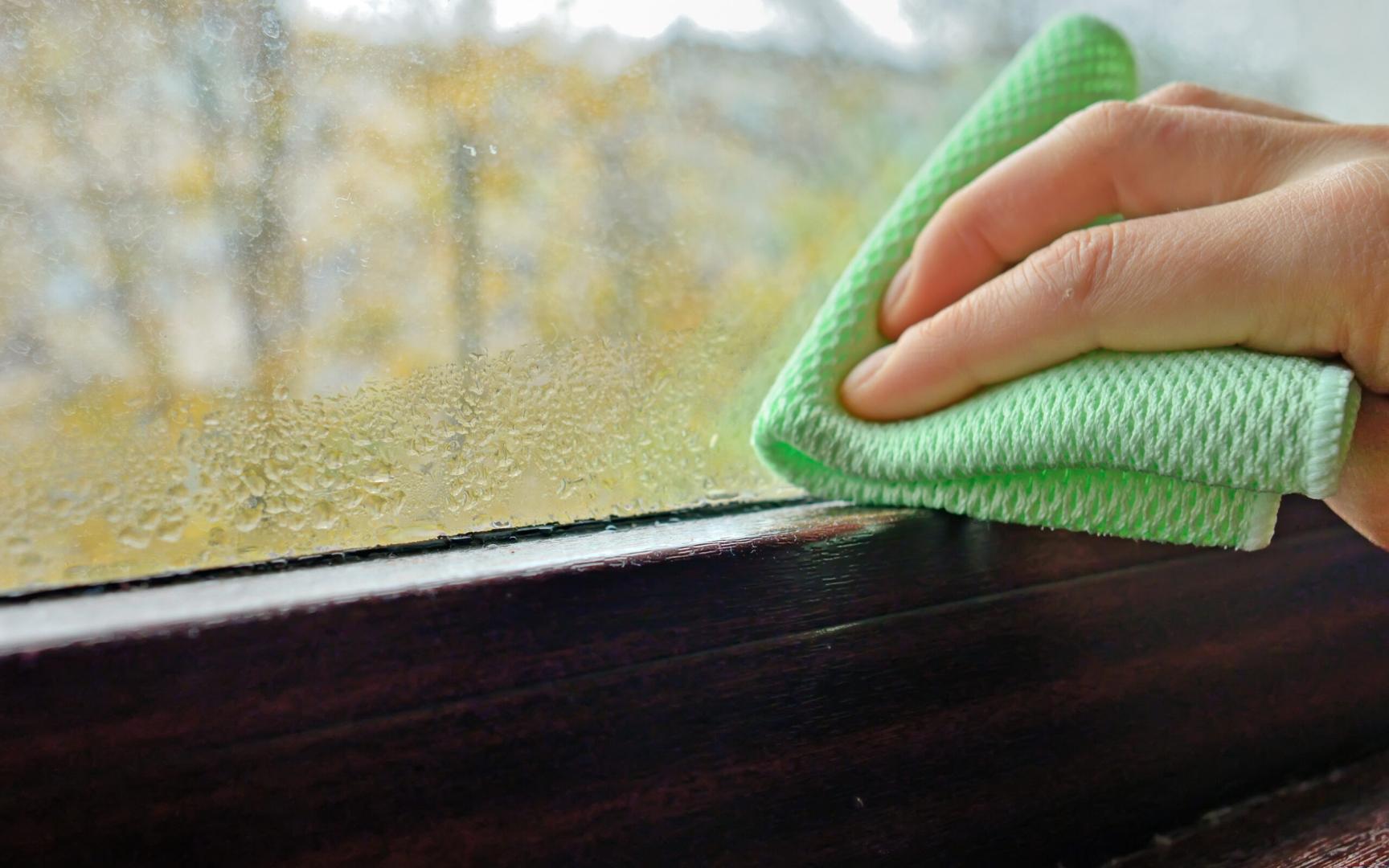How To Address Moisture Problems In A Property
For property owners in Peterborough, damp can cause concern. Not only can dampness potentially cause structural damage to a property, but it can also have health implications for its residents. Fortunately, if you can spot it quickly and treat it, damp isn’t necessarily a huge problem.
The Three Kinds Of Damp You Might Find In Your Home
There are three kinds of damp that you may discover in your property:
1. Condensation occurs when too much moisture is in the air due to poor ventilation. This form of dampness will typically appear on ceilings and walls in the shape of black mould, and it can result in health issues like allergies and asthma.
2. Rising damp occurs if groundwater rises through a property’s floors and walls. It damages paint, plaster, and the property’s structure if untreated.
3. Penetrating damp occurs when water enters a property via leaks in its walls or roof. Like rising damp, it damages paint, plaster, and the property’s structure when left untreated.
You need to be able to identify what kind of damp you have in your home to find the right treatment to resolve the problem.
Where Am I Likely To Find Damp?
Knowing the places you might find damp in your home is essential if you’re going to catch it at an early stage and avoid serious damage. While you may find damp in any of your home’s rooms, it’s most often found in basements, kitchens, and bathrooms.
In a bathroom, damp may be seen around the bath or shower, or on the ceiling or walls. In a kitchen, you may find damp around the sink; in a basement, you may find it on the floor and walls.
Don’t forget to check hidden areas like beneath carpets, inside cupboards, and behind furniture. Signs to look for include discoloured patches and musty odours.
How To Get Rid Of Damp
It can be time-consuming and challenging to eliminate damp, but it’s vital if you’re going to prevent causing damage to your health and your home.
In the case of condensation, you first need to improve the ventilation in the areas affected. Open the windows, use an extractor fan or dehumidifier, and ensure sufficient insulation to resolve most condensation issues.
In the case of rising damp, installing a course of damp-proofing is the best solution. You’ll need to use the services of a professional to do this, and all damaged paint or plaster must be removed first.
Treating penetrating damp is more challenging since it requires identifying and repairing the water ingress source. You may need to repair pipes, gutters, or roofs or install waterproof membranes to prevent water from entering the walls.
Prevention Of Damp
Prevention is always better than cure, and there are several steps you can take to guard your property against damp. These include:
- Improving ventilation by opening windows and using dehumidifiers and extractor fans.
- Promptly repairing any leaks.
- Keeping the temperature constant inside the home. Your home should be a minimum of 18°C during the day and no less than 15°C at night.
- Choose waterproof materials in kitchens and bathrooms.
- Avoid drying laundry indoors.
- Maintain your home well, regularly checking for damage to the roof, walls, pipes, and gutters.
If you’re ready to sell your home in Peterborough or you’re thinking of purchasing a new property, call the Wilson and Co Homes team today on 01733 893520 to get the ball rolling.






Share this with
Email
Facebook
Messenger
Twitter
Pinterest
LinkedIn
Copy this link